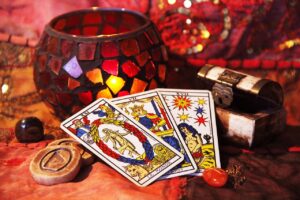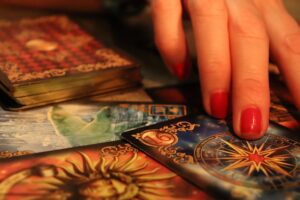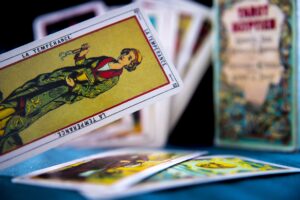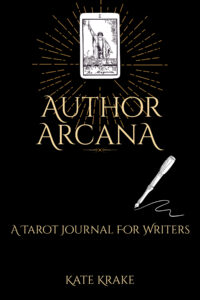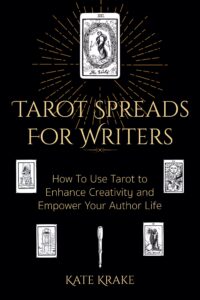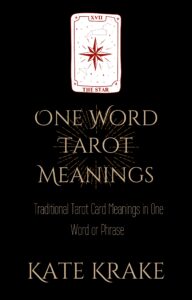How To Write Fiction With Tarot
While tarot has been a journaling prompt since I started using my first handmade cards some thirty years ago, I can’t be sure what the first fiction story I wrote guided by tarot was.
One of my early novels – never published – was called Wind Harps of War after the story card associated with the 9 of Spears (aka Wands) in the Legend Deck. I used the wind harps as a plot device and continuing motif through the story, but not much of that had to do with the traditional meaning of the 9 of Wands card.
While I can’t pinpoint where tarot became a fiction writing tool for me, I’ve used tarot to write all of my currently published novels and the stories I’m working on right now.
How I Use Tarot To Inspire Fiction
Select The Right Deck
I’m privileged to have access to numerous decks, but you don’t need dozens of decks to use tarot for your fiction. One deck will suffice, and if you don’t have a deck of your own, you can use a site like Random Tarot Card to generate a basic draw.
If you can choose a deck for your stories, pick something that not only has a personal resonance with you, but has some kind of thematic relevance to the story you’re working with.
For my Witch Against Wicked books, I used the Witches Tarot by Ellen Dugan and the Gilded Tarot by Ciro Marchetti, both gorgeous modern decks illustrated with contemporary mysticism tied to traditional motifs. The art and general vibe of the cards suit my contemporary fantasy work well.


I also enjoy using The Golden Tarot: The Visconti-Sforza Deck by Mary Packard, which is a deck representing the fifteenth century Visconti-Sforza cards. I use this when I’m dabbling in historical fiction or if I’m looking to inject some ancient history into a modern context as it has a strong medieval aesthetic and doesn’t have any modern connotations of the RWS inspired decks.

Draw One Card
The one card draw is the easiest tarot card draw.
Hold your story issue in your mind while shuffling the deck. Stop shuffling when it feels right. Draw one card.
How does it apply?
How does it not apply?
Is this enough to start your writing? If you feel you could use more context or deeper message, draw a second card, and so on until you’re ready to write.
For example, here’s a one card (plus more) draw I did with a current novel in progress for a side character who I needed to shake up and have act in some way in a particular scene (otherwise she would have just been standing there in the background).
The first card was the 9 of wands (total coincidence that I opened this article talking about this card!).
A card about protection.
I couldn’t see how that obviously fit.
I drew another card.
5 wands, a card about battles but not direct conflicts.
The context deepened.
Protection from battles.
So she wasn’t about to directly fight anyone. But what battles? The two spears cards lead me to think this had to be a battle about ideas, intellect, and intuition.
A new card. The Major Arcana Judgement card – or in the Witches Tarot deck, it’s called Karma.
Universal significance and meaning.
Protection from the overall battles and themes in the story.
I then thought of a now obvious connection, how I could have this side character try to protect the protagonist from the bigger battles they faced in the story arc, not so much the direct conflicts, but the personal battles they had with their own ideas about the world. So not only did I get a plot point, I developed and deepened the relationship between two characters, and reinforced my story’s theme – all from three tarot cards. Magic!
The foundation of creativity is connecting ideas and thoughts in new ways. We can only think what we already think.
Tarot gives us new inputs, opportunities to broaden and deepen our thinking, sending stories into new directions and previously invisible possibilities.
It might be random… That depends on how much magic you want to believe in!


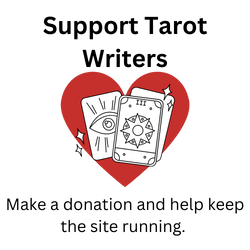
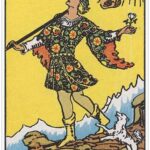 Previous Post
Previous Post Next Post
Next Post